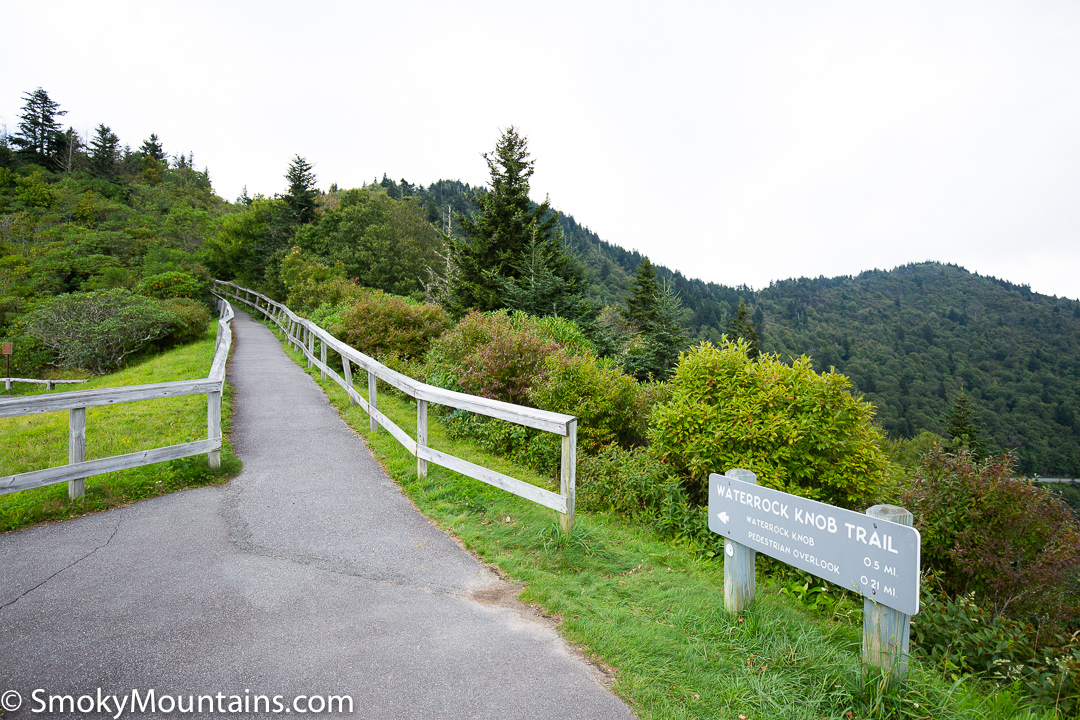Today, Asheville, NC is generally known as a creative haven popular most for its artist, farm-to-table offerings, craft breweries, and small-town distilleries. However, while farming and brewing have always been popular pursuits in this Appalachia town, that wasn’t always what drew people here. If you’re interested in learning more about the history of Asheville, then sit back and get ready as we take a romp through its history.
The History of Asheville, NC

Asheville lies within a river valley where the two major rivers of Swannanoa River and French Broad River converge and flow out together as the French Broad River. As with many big confluences, this land attracted people long before the country of the United States ever began. According to the records we have, the Cherokee were the most recent indigenous North American tribe to utilize this area. Although rather than build settlements here, the Cherokee chose to keep it as an open area for hunting during select seasons and tribal meetings during others. Their name for the land was Untokiasiyi, meaning “where they race” in English. The area would keep this name until the late 1700s.
There are some sources who claim that the Cherokee had a town here called Guaxale which was visited and written about by Hernando De Soto in the 16th Century. While Asheville as Guaxale was once a potential theory, it was disproved in 2001 when archeologists revealed that the ruins argued for this theory were in fact the remains of communal buildings dating back to 250 to 450 AD — long before De Soto.
One of the primary goals of the American Revolutionary War was to go and settle west past the Appalachian Mountains, which had previously been banned by Britain via the Royal Proclamation of 1763. Thus, when the American Revolution ended in 1783, preparations for westward expansion began in earnest with the first land grants being issued and claimed in the Swannanoa Valley the very next year. The Cherokee did not take so kindly to this and there would be several skirmishes over the next few decades. But by 1790, the US Census counted 1,000 US citizens living in this area (indigenous people were not recorded in these early counts). The settlement was becoming an established city and in 1793, it officially became christened Asheville in honor of then-Governor Samuel Ashe.
By 1860, the town had bloomed to 2,500 residents, many of whom were either farmers or employed in the logging trade. But things were soon to change. The Civil War broke out a year later and manufacturing companies building and selling goods like the Enfield rifle popped up in the downtown. For much of the war, Asheville remained untouched and played a sort of neutral role, selling its war goods to members of both armies. However, just days before the Confederacy’s surrender, the two sides clashed just outside of the city in what would be called the Battle of Asheville but was largely a stand-off with no loss of life. However, just under a month later, and after the war’s end, federal troops returned to pillage the town, burn the armory, and destroy a number of homes and businesses believed to belong to Confederate sympathizers.
Yet, while businesses were destroyed, the hunger for industrialization grew. In 1880, work on the first railroad connecting Salisbury to Asheville was completed. This rail increased manufacturing in the city and soon textile mills dominated the town. The trains also brought in people. Every year brought thousands and thousands of new residents as well as vacationers and tourists wanting to see that mountain life. The more people who came interested in the mountains they had heard about, the more resort-styled businesses popped up. So much so that, in worries of land expanding too much, the Appalachian National Park Association was formed and had its very first meeting regarding park preservation in 1899.
By the 1920s, Asheville had officially grown into the third-largest city in the state of North Carolina with a whopping resident population of 28,000 and an estimated 200,000 annual visitors. This was an incredibly popular decade for Asheville as resorts flourished. Unfortunately, this all came to a screeching halt with the Great Depression. In November 1930, eight of the city’s local banks failed and its citizens found themselves saddled with over $56 million in bonded debt that had been taken out for structural and municipal improvements. While they didn’t know it then, it would take fifty years before the city and its citizens could completely pay off that debt, causing the city’s growth to essentially come to halt during much of that time.
The one big saving grace that would help keep Asheville’s residents above water and eventually return the city to its status as a resort paradise was the formation of the Great Smoky Mountains National Park in 1934. This gorgeous national park brought immediate work and land payouts to nearby residents and, over time, brought those mountain-searching visitors back to the area.
Today, Asheville, NC has diversified. The halted growth due to the city and county’s debt enabled many creative individuals who might not have otherwise afforded Asheville living, to come and thrive. This creative energy has made Asheville known as something of an arts and crafts capital of the region. And, of course, there are the beautiful mountains just a few miles away and waiting for the annual return of visitors eager to soak in those ancient vistas.
Learn More About Asheville & What it Has to Offer Today

Asheville truly has a fascinating history, but its present is just as interesting. Learn more about this city and all the unique locations it has to offer by visiting our other pages. You will find that within Asheville and just beyond its city borders a whole host of creative entrepreneurs, independent artistic businesses, beautiful resorts, engaging festivals, exciting tour groups, and so much more! There really is something for just about everyone’s interest in Asheville.



